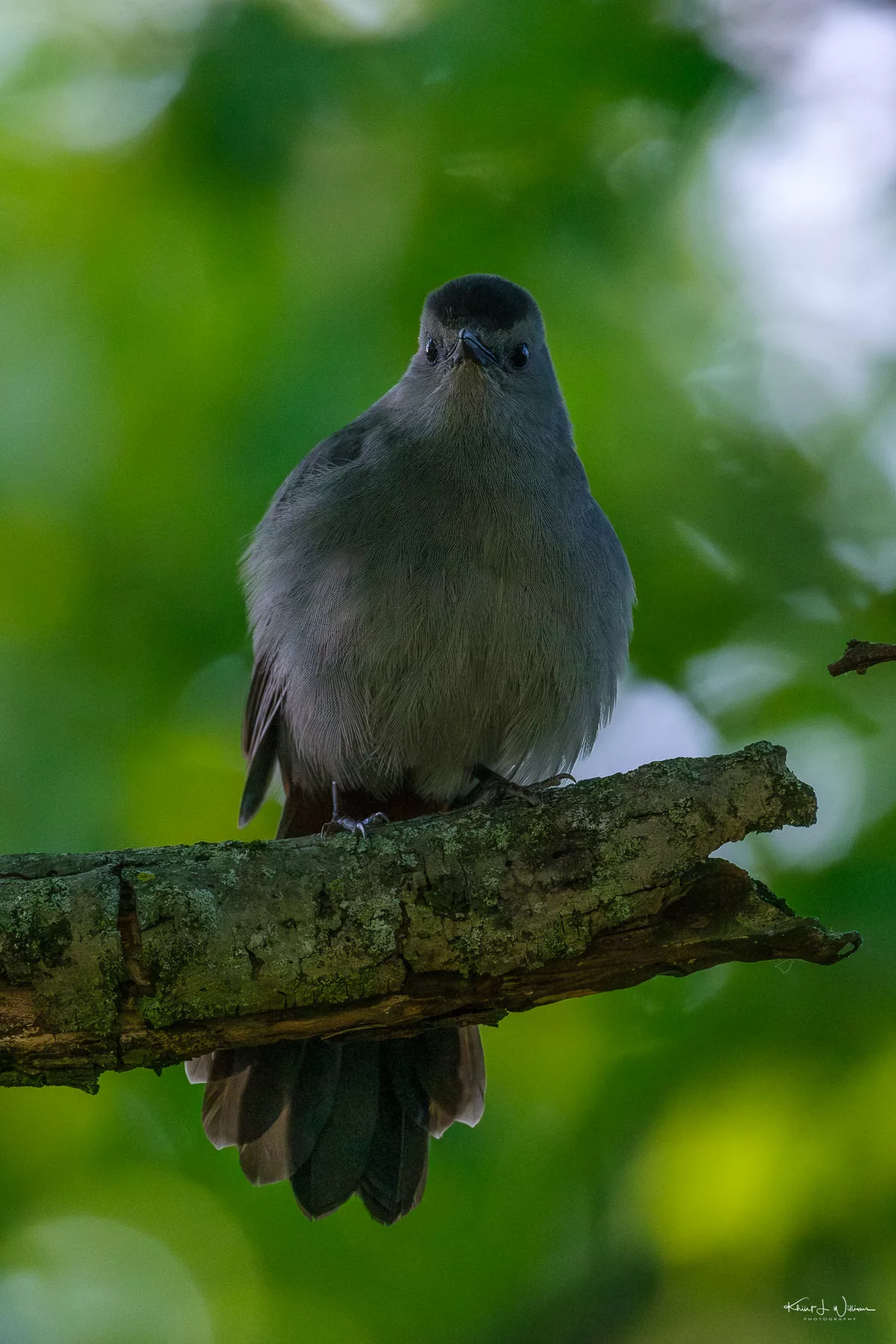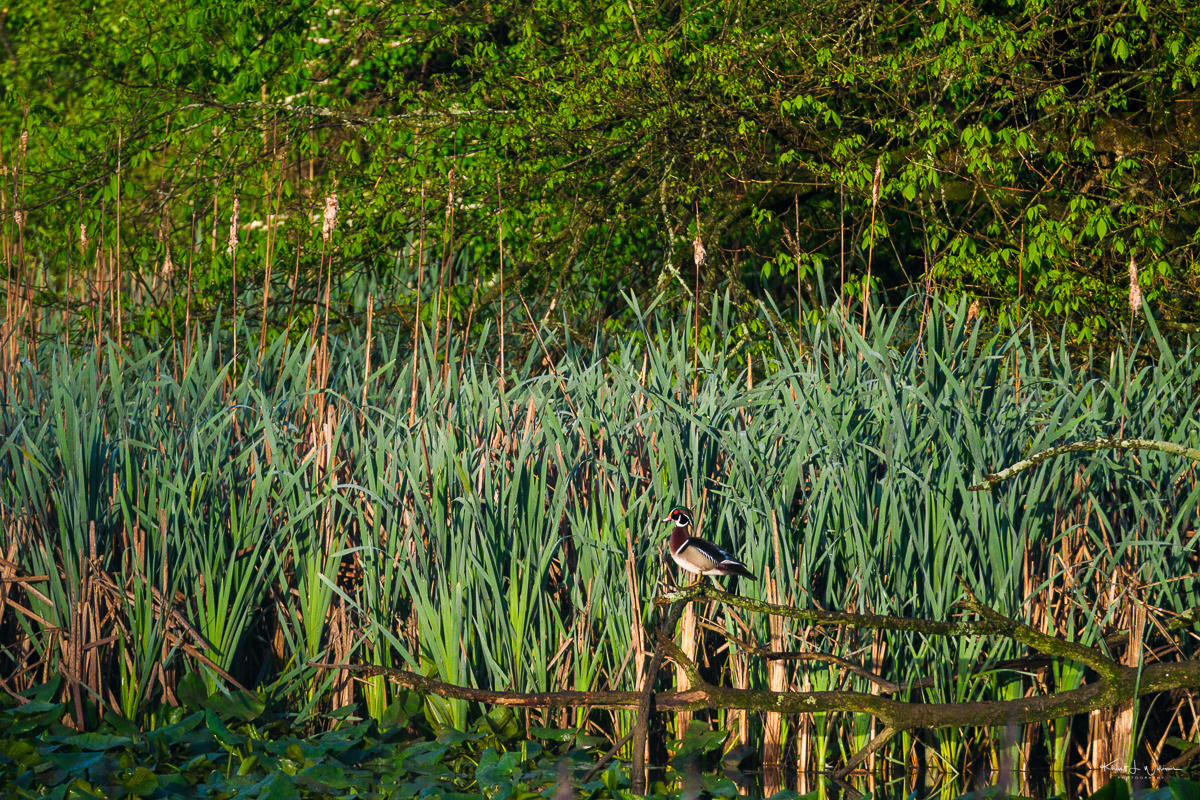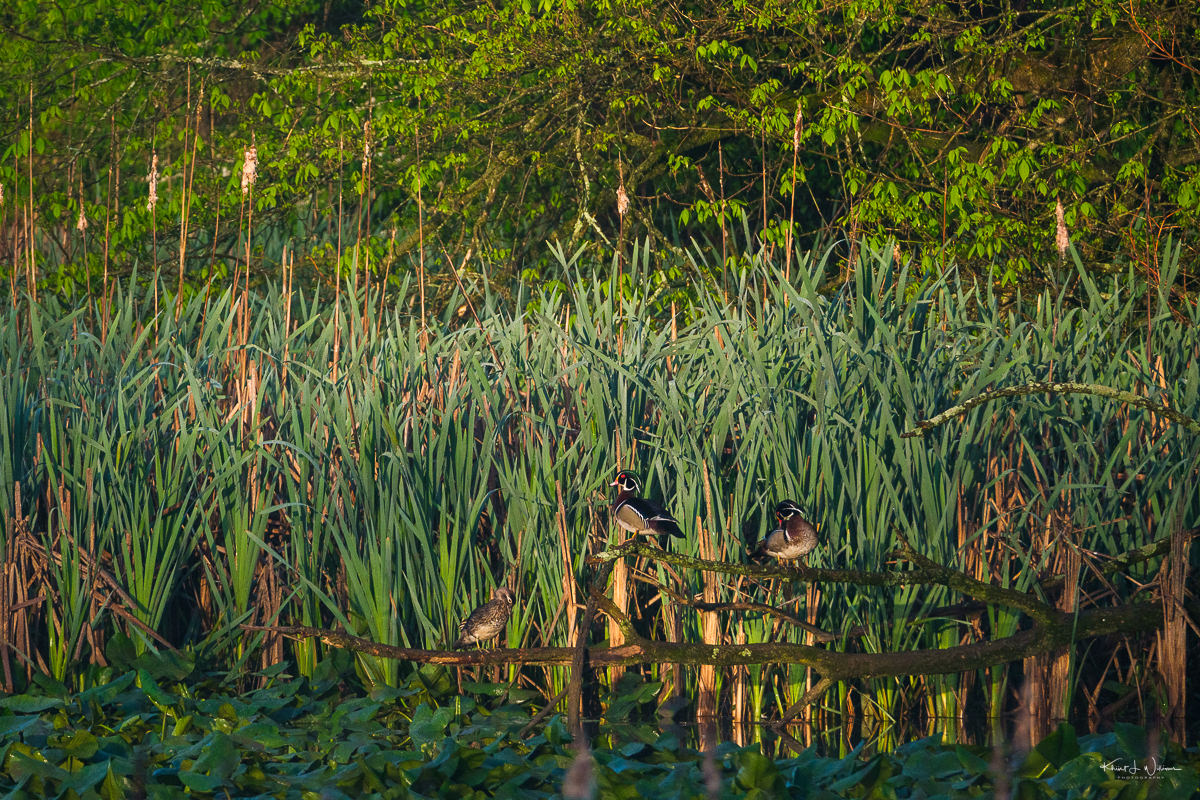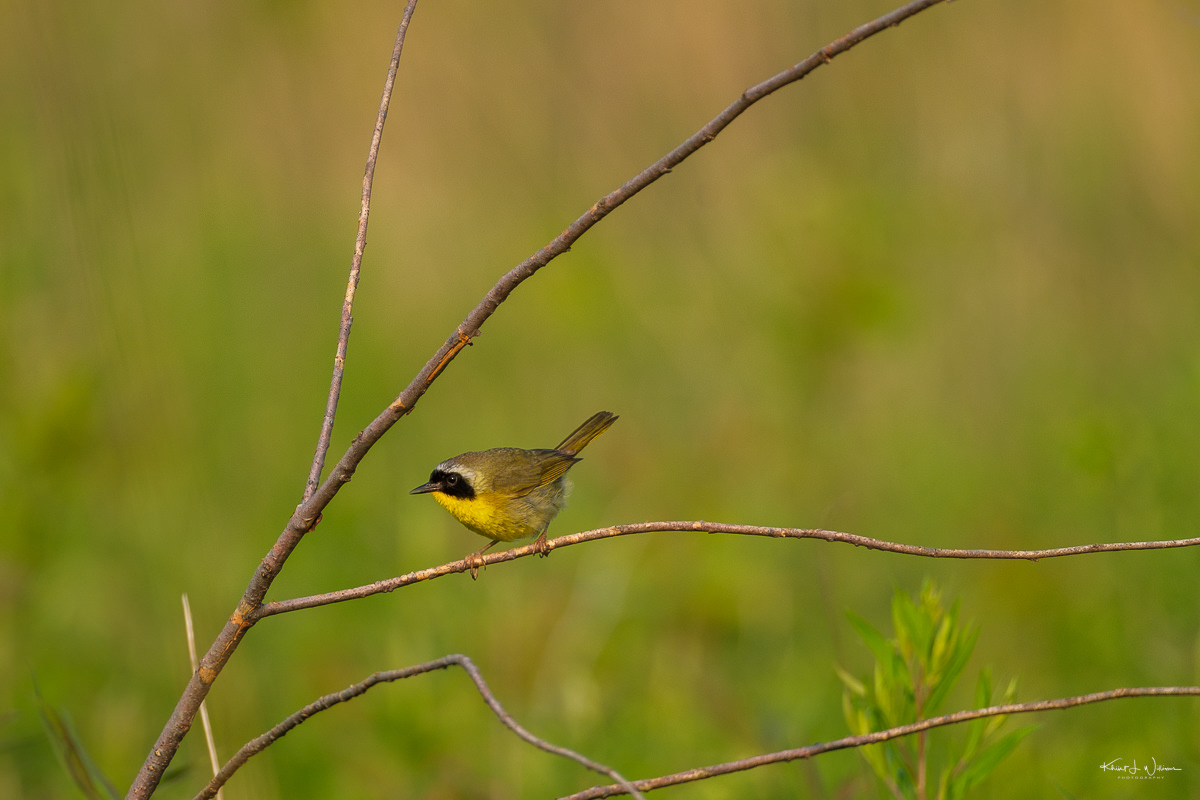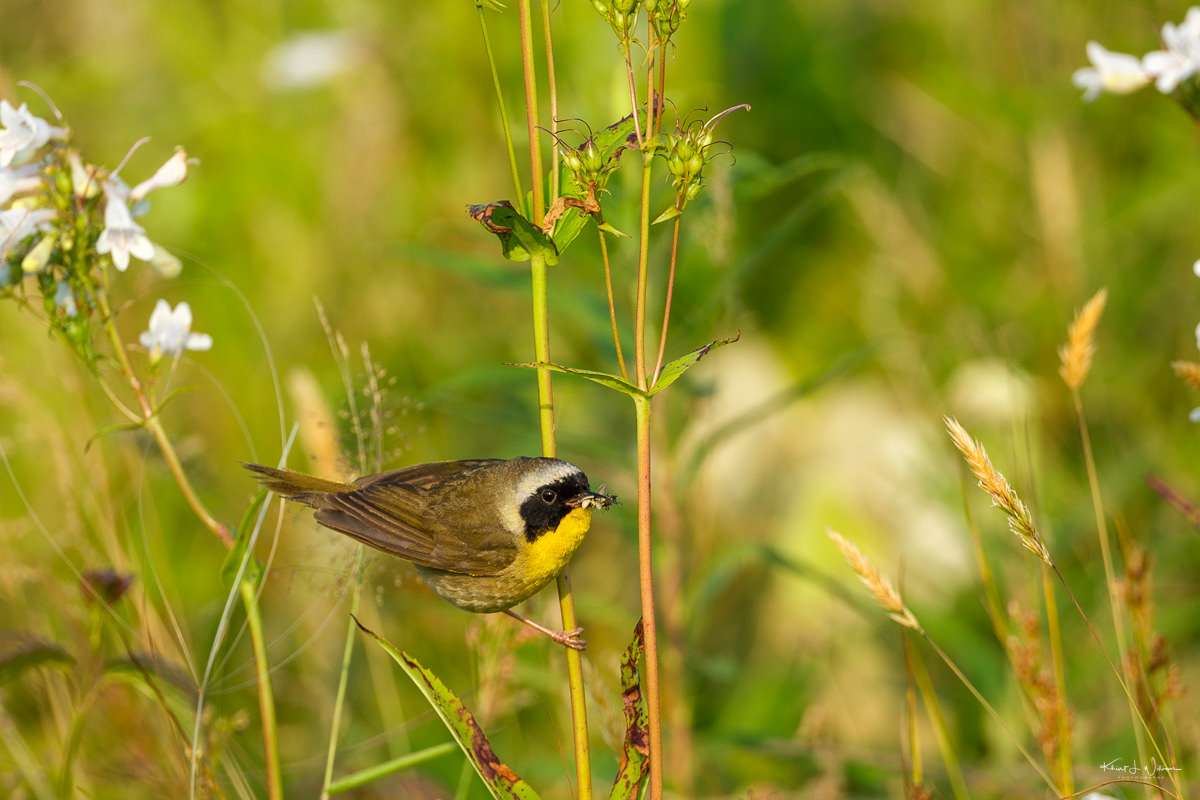I stumbled upon Mercer Meadows last Spring when I was Google hunting for some good spots to photograph migrating warblers. Located in Lawrence Township and part of the Mercer County Park system, the place is massive—about 1,600 acres of open space. It's got everything from meadows and forests to wetlands. The draw for me was the Pole Farm area, a well-known bird-watcher haven. Since I'm into hiking and photography, I thought, "Why not take a morning walk with my XF150-600mmF5.6-8 R LM OIS WR (229-914mm FFE) lens?"
I was at Pole Farm for the first time. I started by wandering through the meadow before diving into a shaded trail surrounded by tall trees. I walked quite a distance without spotting birds, so I considered returning. Just then, I heard this distinctive call. I had never heard it before, but thanks to the Merlin ID app, I discovered it was a Grey Catbird (Dumetella carolinensis).
The Grey Catbird, known for its cat-like calls, is a common resident of New Jersey. These slate-grey birds have a dark cap atop their heads and a rufous (reddish brown) undertail. Their melodious "mew" calls are reminiscent of a cat's meow, giving them their unique name.
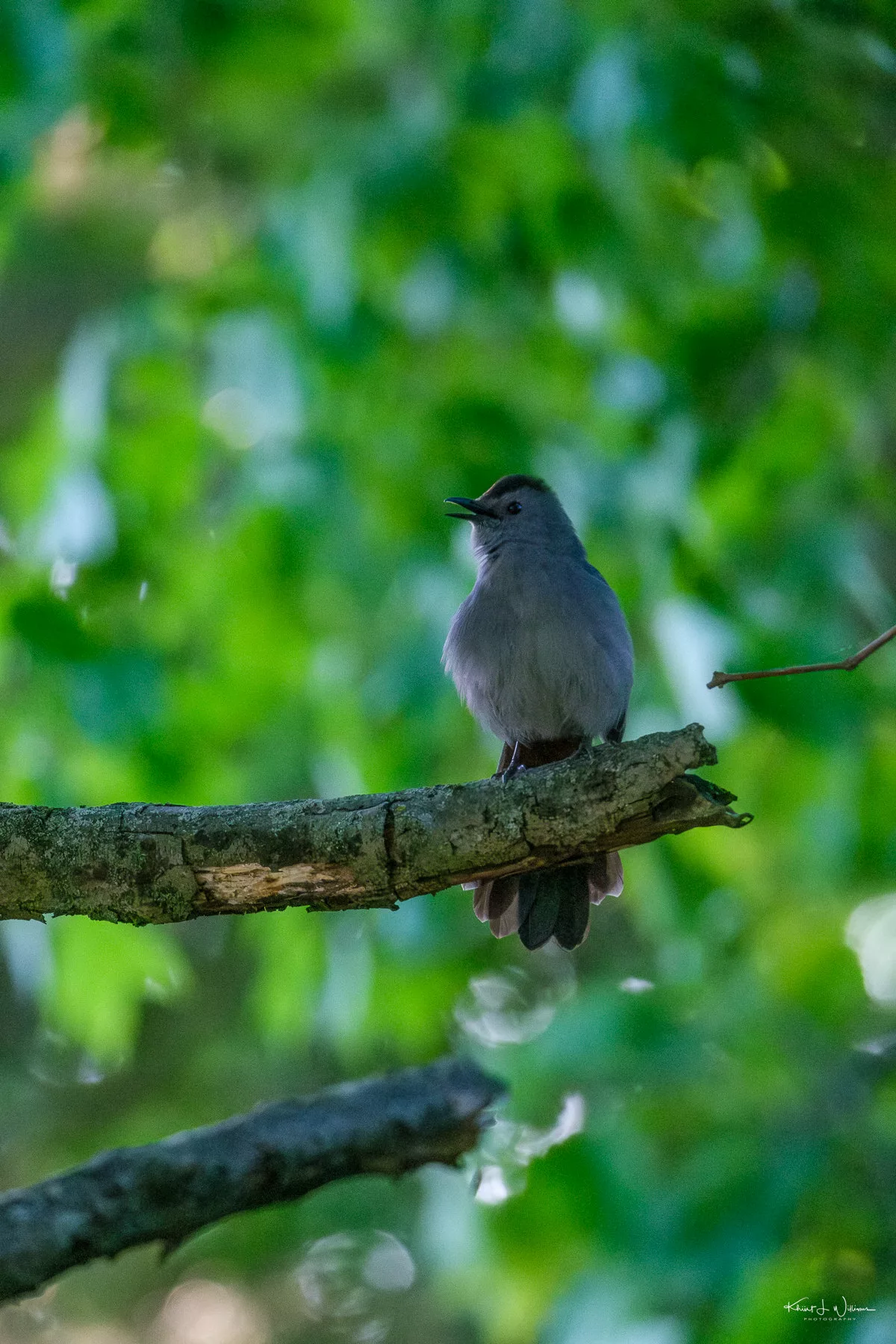
Grey Catbirds are skilled mimics, often incorporating the sounds of other birds into their songs. They are primarily insectivorous, feasting on a diet of insects, berries, and fruits, making them valuable for pest control and seed dispersal.
These birds are frequently spotted in dense thickets and shrubby habitats, where they prefer to stay hidden. What caught my attention was how curious this bird seemed, sitting on a tree branch, with its dark plumage contrasting against the background of green leaves. It's like she was watching me, almost as interested in what I was doing as I was in her—pretty cool first experience.
